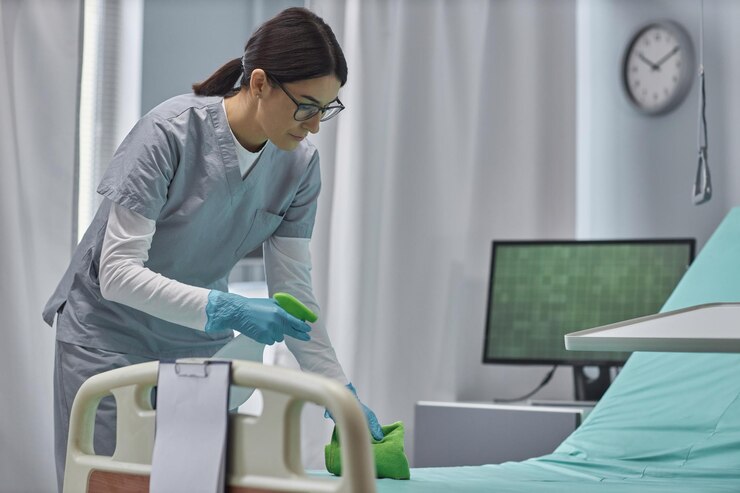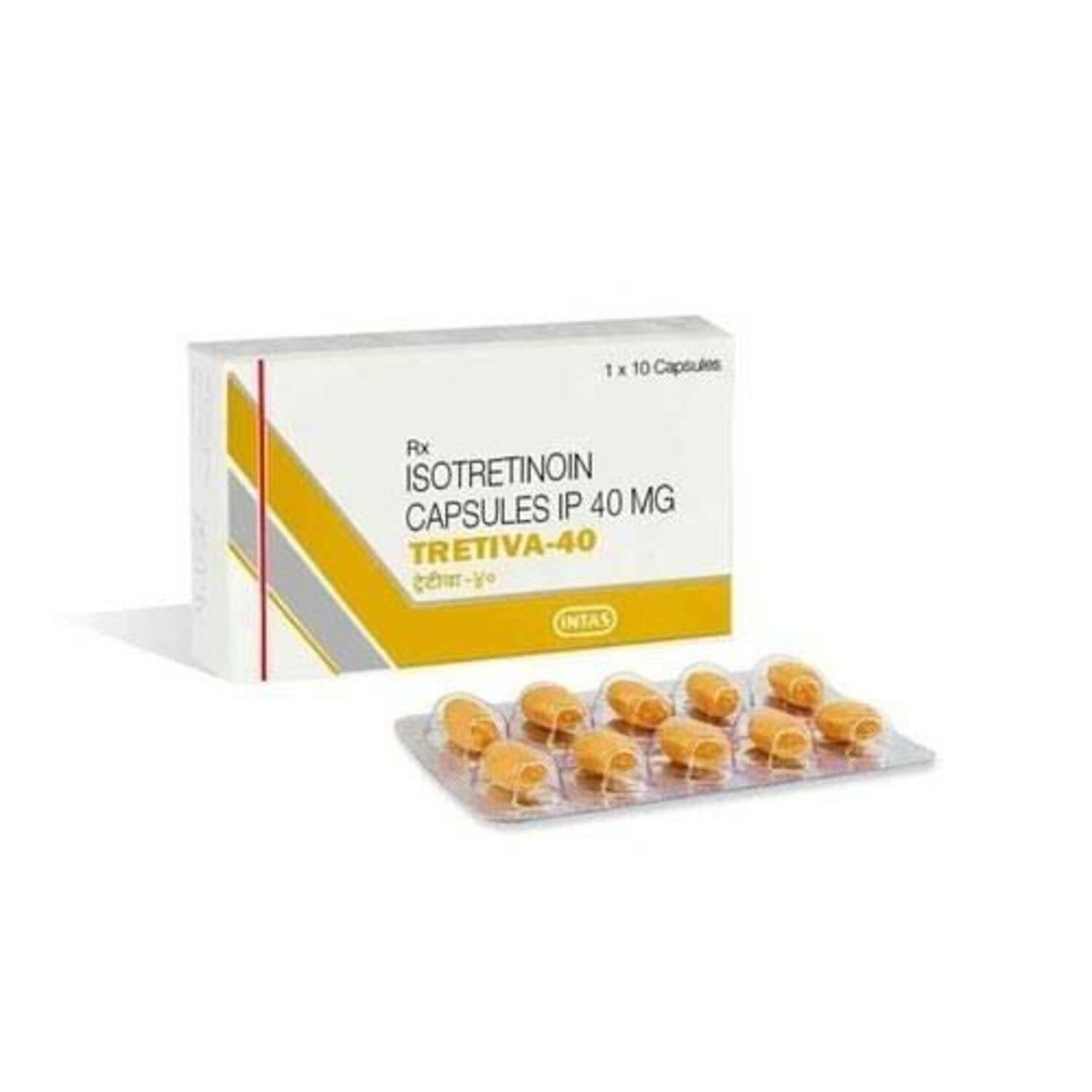The introduction of robotic technology has fundamentally changed the discipline of surgery. One of the most recent developments improving accuracy and reducing patient trauma is single port robotic surgery. This method is a major development in minimally invasive surgery (MIS since it lets doctors do difficult operations using a single, small incision). Many patients and surgeons alike choose this technology since it offers faster healing times as well as less scarring.
What is Single Port Robotic Surgery?
Usually less than an inch long, single port robotic surgery uses advanced robotic equipment to operate through a single small incision. Single Port Surgery uses specific tools meant to fit via a single access site, unlike conventional laparoscopic operations that could call for several entry points.
Flexible and able to replicate human hand motions but with more accuracy, the robotic arms utilized in Single Port Surgery are Better mobility and dexterity inside the patient’s body made possible by this enable delicate operations with minimum danger.
How Does Single Port Robotic Surgery Work?
The process involves three main components:
- Single Access Point: A small incision is made, usually near the patient’s belly button or other discreet locations. This single access point is where all the instruments and the camera are inserted.
- Robotic Platform: The robotic system, controlled by the surgeon from a console, provides a magnified, high-definition 3D view of the surgical site, allowing for extreme precision.
- Specialized Instruments: The instruments are specially designed to articulate within the small space, enabling complex movements such as bending and rotating to reach the target area.
Applications of Single Port Robotic Surgery
Single Port Robotic Surgery is versatile and can be applied in various surgical fields, including:
- Urology: Removal of kidney stones, prostate surgeries, and bladder procedures.
- Gynecology: Hysterectomies, myomectomies, and endometriosis treatment.
- General Surgery: Gallbladder removal, appendectomy, and hernia repair.
- Thoracic Surgery: Lung resections and other chest surgeries.
- Colorectal Surgery: Treatment of bowel diseases and colon resections.
Advantages of Single Port Robotic Surgery
The benefits of Single Port Robotic Surgery extend to both patients and surgeons. Key advantages include:
- Reduced Pain and Scarring: With only one incision, there is less tissue damage, leading to minimal post-operative pain and nearly invisible scarring.
- Faster Recovery: Patients tend to recover faster compared to traditional surgeries, often resuming normal activities within days.
- Lower Risk of Infection: Fewer incisions mean a lower risk of infection and other complications.
- Enhanced Precision: The robotic arms offer more stability and control, reducing the chances of errors during the procedure.
- Improved Surgeon Ergonomics: The ergonomic design of the surgical console minimizes fatigue for the surgeon, ensuring better performance.
Challenges and Limitations
Despite its numerous advantages, Single Port Robotic Surgery does have some limitations:
- Learning Curve: Surgeons require extensive training to master the intricacies of using the robotic system effectively.
- Cost: The technology is expensive, making it less accessible to smaller healthcare facilities.
- Limited Field of View: Performing complex procedures through a single port can be challenging due to the restricted field of view and instrument overlap.
- Availability: Not all hospitals and surgical centers are equipped with the required robotic platforms, limiting patient access.
Future of Single Port Robotic Surgery
The future of Single Port Robotic Surgery is promising, with continuous advancements in technology and techniques. Here are some trends to watch:
- Improved Robotic Platforms: Newer generations of robotic systems are being designed to overcome current limitations, offering greater flexibility, precision, and ease of use.
- Wider Adoption: As the cost of robotic systems decreases and more surgeons receive specialized training, Single Port Surgery is expected to become more common.
- Integration with Artificial Intelligence: AI is poised to play a significant role in enhancing the precision and decision-making capabilities of robotic platforms.
Considerations for Patients
If you are a candidate for Single Port Robotic Surgery, consider the following:
- Consult with an Experienced Surgeon: Choose a surgeon who has undergone specific training in Single Port Robotic Surgery.
- Discuss Risks and Benefits: Although it has many advantages, it’s essential to discuss the potential risks and limitations of the procedure.
- Post-Operative Care: Follow your surgeon’s recommendations for a smooth recovery, which typically includes rest, hydration, and gradual resumption of physical activities.
Conclusion
Combining the advantages of minimally invasive surgery with robotics’ precision, single port robotic surgery is a novel approach. Technological developments will transform the surgical scene by providing patients with safer operations, faster recoveries, and better outcomes. Although it presents certain difficulties, its ability to revolutionize patient treatment makes it an absolutely important advancement in contemporary medicine.
All things considered, Single Port Robotic Surgery is not only a trend but also the direction minimally invasive surgery is headed toward. It will probably become the standard method for a variety of surgical operations with ongoing innovation and training, therefore giving patients the best potential results.








